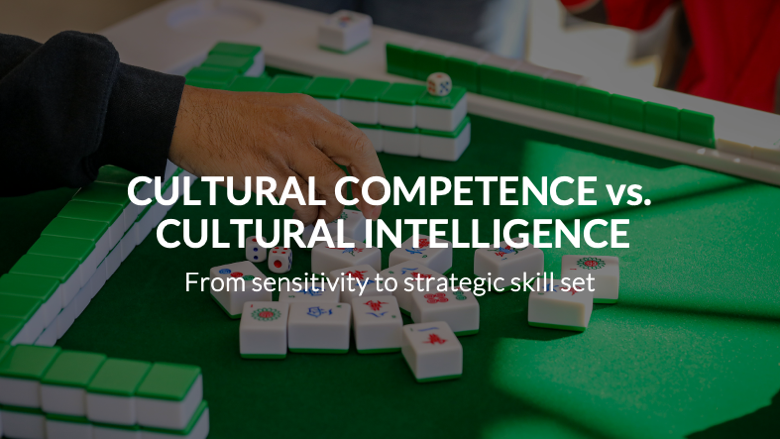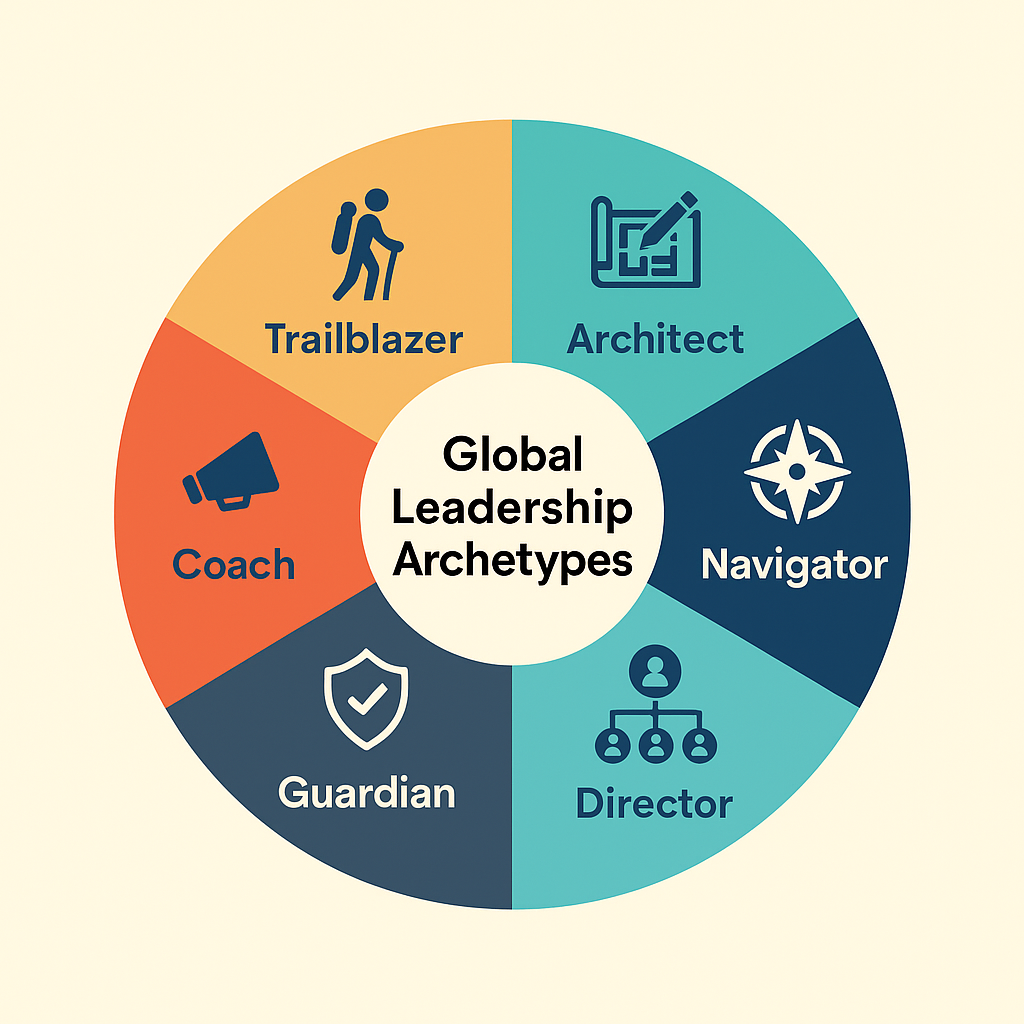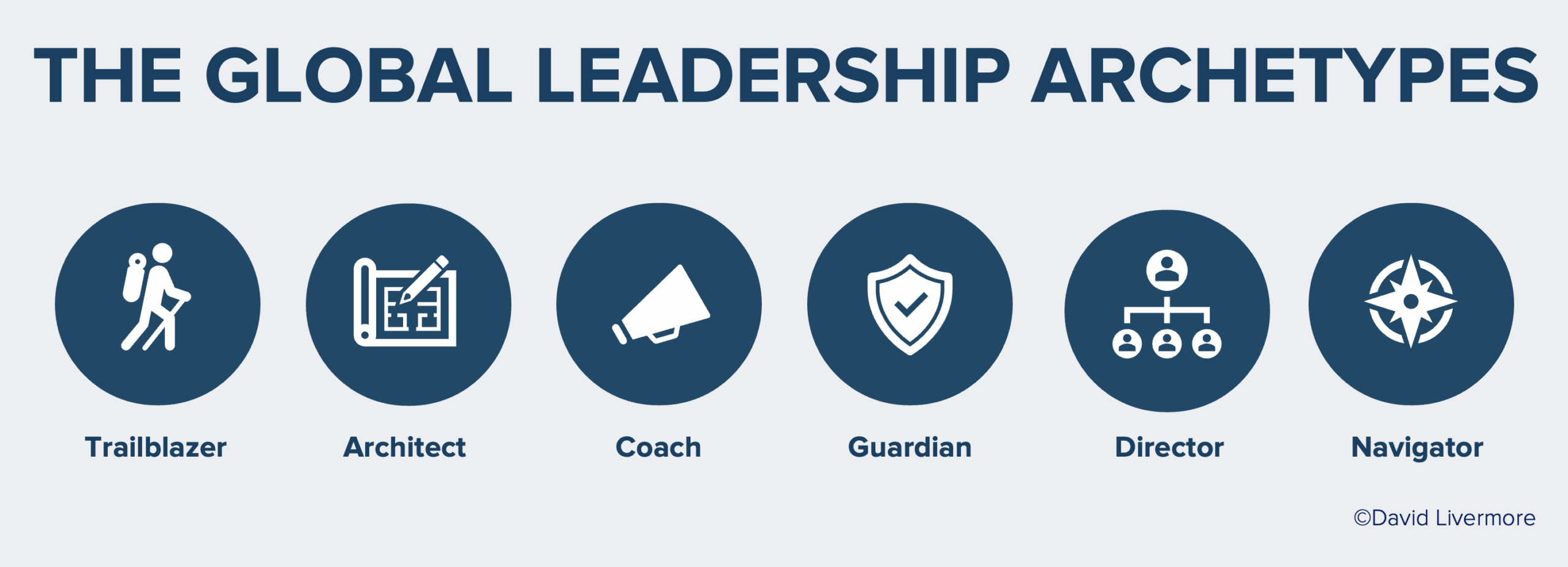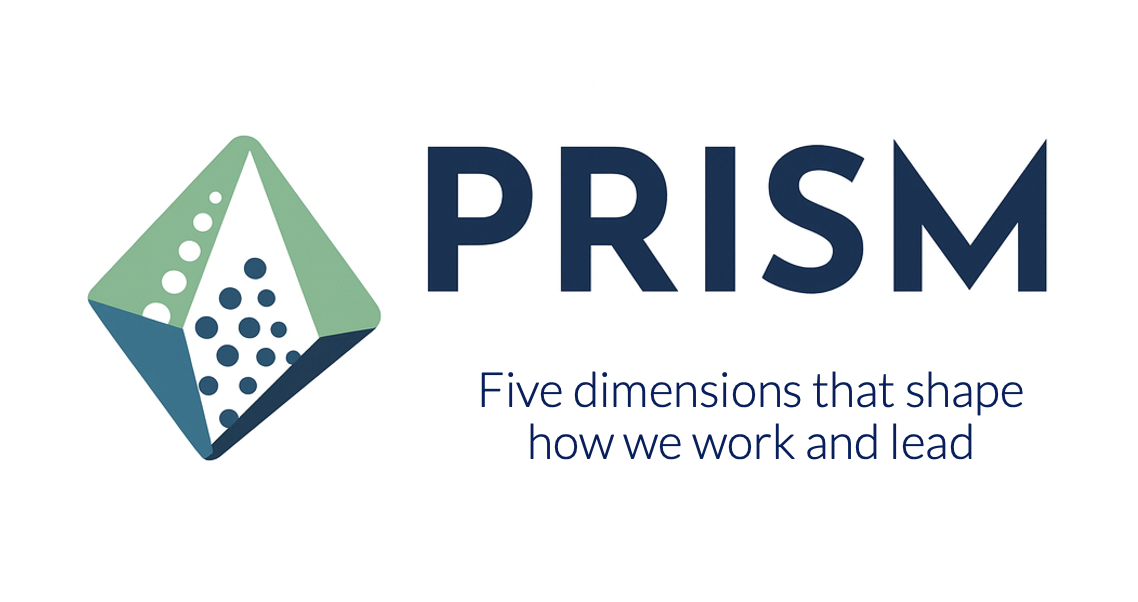
A growing number of consultants and organizations are talking about cultural intelligence (CQ). I’m thrilled. After more than twenty years of working to bring attention to the robust research behind CQ, it’s encouraging to see the work gaining traction. But I often see “cultural intelligence” used as if it’s just the latest synonym for cultural competence.
Cultural competence and cultural intelligence are not the same thing. And the difference matters more than many realize.
Cultural competence has been a valuable foundation for increasing respect and understanding across cultures. Hundreds of frameworks have guided international work, DEI initiatives, and cross-cultural awareness. It’s been critical in shaping our approach to cultural intelligence. But most of these models were designed for a world where cultures could be described in relatively clear categories — Dutch are direct. Japanese are indirect. The rules for navigating culture are presented as fixed and predictable.
That world no longer exists.
Today’s cultural context is ambiguous, intersectional, and constantly shifting. National boundaries blur through global business, migration, and technology. Identities overlap in ways that defy easy categories. Add the reality of geopolitical crises, AI, and political polarization and it becomes clear that a static checklist of “do’s and don’ts” and learning cultural value dimensions isn’t enough. In some cases these approaches may be worse than not developing cultural competence at all.
Enter cultural intelligence.
At its core, intelligence is the ability to apply what you know in a novel situation. Whether it’s IQ, EQ, or CQ, intelligence is about solving new problems when the old rules no longer apply. Cultural intelligence goes beyond simply learning and recognizing differences. It equips you to reason, adapt, and act effectively in culturally complex situations.
Five key shifts from cultural competence to cultural intelligence
We’ve been exploring the distinctions between cultural competence and cultural intelligence as part of our ongoing discussions among this year’s cohort of CQ Fellows. Here are five shifts we come back to repeatedly.
1. From a potpourri of concepts to a coherent intelligence framework
There are over 300 models of cultural competence, each highlighting different traits, attitudes, or skills for working cross-culturally. While these frameworks have increased cultural awareness, they rarely agree on what actually drives performance. The result is a potpourri of disconnected tools, checklists, and personality traits without a shared standard to measure outcomes.
Cultural intelligence offers a coherent, evidence-based framework grounded in intelligence theory, built around four capabilities that directly support leadership effectiveness.
- CQ Drive addresses the motivational realities of working across cultures, acknowledging that intercultural encounters trigger deep psychological and emotional responses between people.
- CQ Knowledge goes beyond memorizing static norms to learning how to recognize patterns and values across complex, layered cultural identities.
- CQ Strategy equips us anticipate, monitor, and adjust our thinking and beliefs as situations evolve.
- CQ Action turns insight into effective behavior without sacrificing our core values.
Together, these four capabilities become a coherent framework for measuring and developing the skills for working effectively in culturally complex situations. They provide a rubric for evaluating curriculum and hiring talent for today’s global environment.
2. From cultural sensitivity to a strategic capability
Cultural competence has done a great deal to encourage people to respect differences, show empathy, and avoid harmful stereotypes. But there’s little evidence that sensitivity by itself helps you make decisions, build trust, and solve problems across differences.
In the research I’m conducting with global executives, they rarely talk about cultural sensitivity per se. But they repeatedly highlight how cultural dynamics shape strategic decisions from developing joint ventures to negotiating with government authorities and determining a market entry strategy.
One Asia-based executive said: “I don’t need another training on how cultures are different. I need help figuring out how to align a partner in India, a regulator in Brussels, and a board in New York when they all have different expectations of how things should work.”
Cultural intelligence moves beyond the interpersonal dynamics of cultural sensitivity to developing a strategy that helps align everyone around a shared vision and move the deal forward.
3. From fixed cultural norms to dynamic intersectional identities
Many cultural competence models, including the seminal work by Geert Hofstede and Erin Meyer’s widely used Culture Map get inadvertently used to describe culture as a stable set of characteristics to memorize—“Here’s what to remember when you go to Singapore.” But culture is not a fixed code. It is dynamic, layered, and constantly evolving. People carry multiple identities, and those identities shift depending on context, status, and circumstance.
Imagine trying to categorize a South Korean engineer who was educated in Canada, now leads a cross-functional team in Germany, and is working on a global AI initiative with partners from the Middle East and Brazil. Do you default to Korean norms? Western-trained decision-making? German work culture? The old formulas quickly break down.
Cultural intelligence helps you see culture as a moving system, not a static script. It builds mental frameworks that allow you to scan for signals in real time. Which values are at play in this situation? What expectations are being communicated? How much flexibility is acceptable in this context?
While it can be helpful to know that Korean workplaces have traditionally emphasized hierarchy, it’s more useful to ask: What’s this leader’s personal orientation toward power and authority? How does this organization deal with conflict? What cues am I receiving? Where do these individuals fall on the continuum between flat and top-down leadership?
Instead of mastering a list of cultural norms, cultural intelligence teaches you to use cultural schema to spot patterns rather than to put people in boxes. This is one of the biggest differences of CQ from most cultural competence models.
4. From neutral differences to status and power dynamics
A hallmark of cultural competence is encouraging people to treat cultural differences as different, not better or worse. It’s not about teaching people to become more direct or punctual, it’s about mutual understanding. But our neutral differences in communication styles and time orientation coexist with deeper dynamics like gender, socioeconomic background, organizational rank, or educational privilege. Culture does not operate in a vacuum. It shows up inside systems of power, status, and hierarchy.
Whose voice counts in a conversation? Who is allowed to challenge ideas? Who feels pressure to stay silent?
In one of our global leadership interviews, a Dubai-based executive said, “Your influence here depends more on the country you come from than your actual expertise.” Regardless of whether he’s right, cultural intelligence helps you go beyond observing neutral differences and equips you to manage the status dynamics of a situation. It gives you tools to navigate the underlying structures that shape who gets heard and whose opinion is valued. If cultural competence is about appreciating differences, CQ takes it further by equipping you to navigate the realities of power, status, and authority that shape every intercultural interaction.
5. From do’s and don’ts to reading the room
Finally, many cultural competence frameworks train people what to say, what to wear, and how to show respect for various cultural groups. But that can quickly break down when the script no longer fits. Adapting is not always the answer. And how does it apply when you’re not working globally?
Imagine you’re leading a New York based product team. One member is a native New Yorker marketing VP who thrives in high energy collaboration. Another is an African American finance director who was raised in the South and values harmony and careful deliberation. You also have a white engineer from the Midwest who prefers clear structure and minimal small talk. Some members are Gen X, others are Millennials. They bring different functional expertise, work styles, and views on how leadership should work.
What part of cultural competence helps you lead this team? Which culture tips apply? Most of the go to frameworks do not offer much guidance here. They may even steer you toward the wrong instincts.
Cultural intelligence trains you to read the room. Who is contributing? Who is holding back? What values, norms, or unspoken rules are shaping the interaction? You learn to scan the dynamics in real time and adjust your approach in a way that builds alignment without losing your own leadership voice.
This is the heart of CQ. It equips you to make sense of complexity and lead effectively, even when the old cultural scripts no longer apply.
Expanding Cultural Competence with Intelligence
Our work in cultural intelligence rests on the shoulders of the cultural giants who came before us including Edward Hall, Geert Hofstede, Shalom Schwartz, and many others. Cultural competence has played an essential role. It builds awareness, respect, and a sense of cultural humility. But in today’s fast, complex, high stakes environment, we need more.
By treating the skill of working across cultures as a form of intelligence, we gain something much more powerful than awareness. We gain the ability to reason through unpredictable, emotionally charged, culturally complex situations and act with clarity and purpose.
Cultural intelligence must continue to evolve. As a community of CQ Fellows, we are actively exploring how CQ needs to grow to meet the challenges leaders face today. The world is shaped by multiple intersecting crises, and culture is just one part of a much larger puzzle. How can CQ grow to help leaders keep pace? That is the next frontier and I’m committed to going there together.



